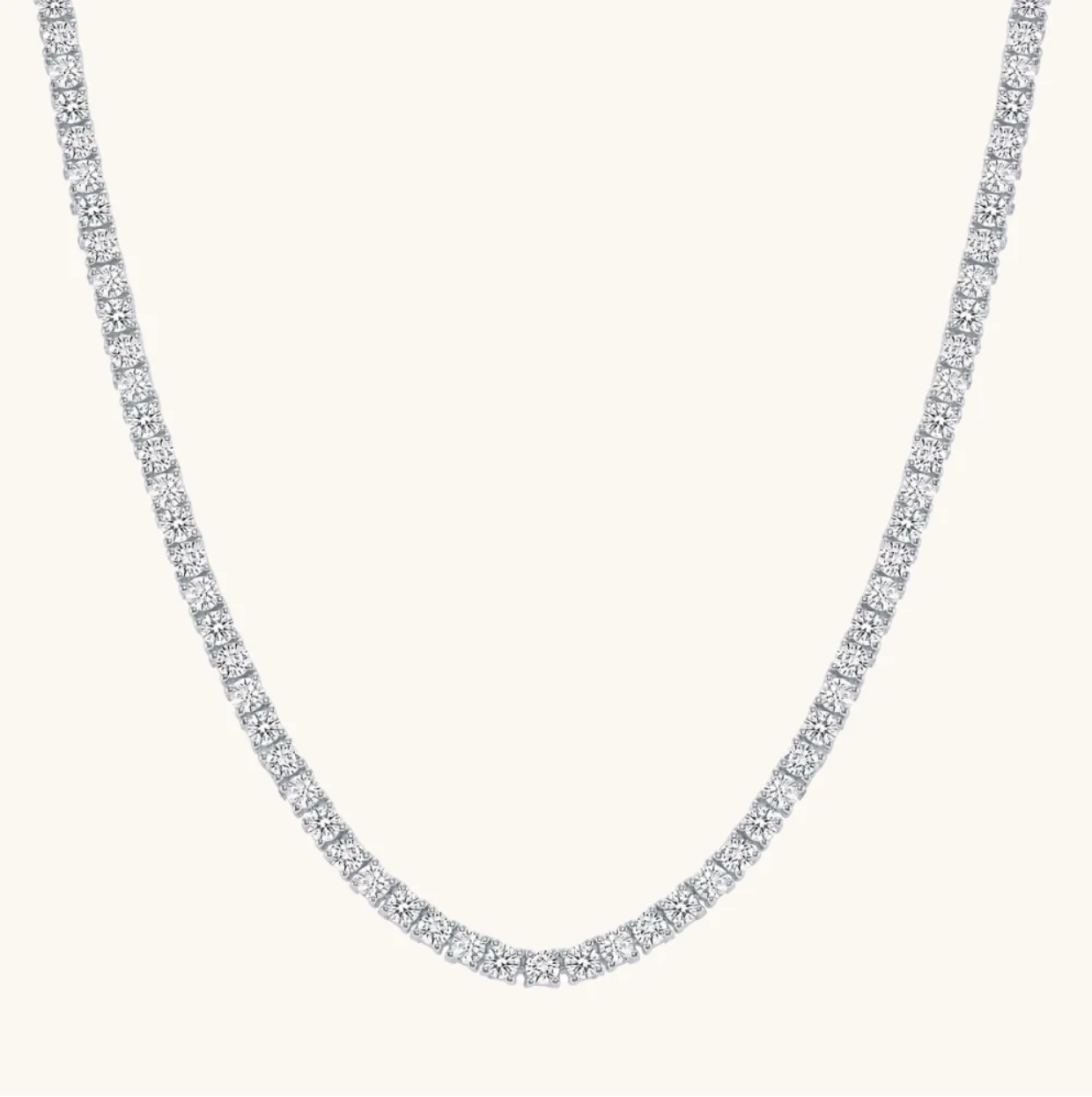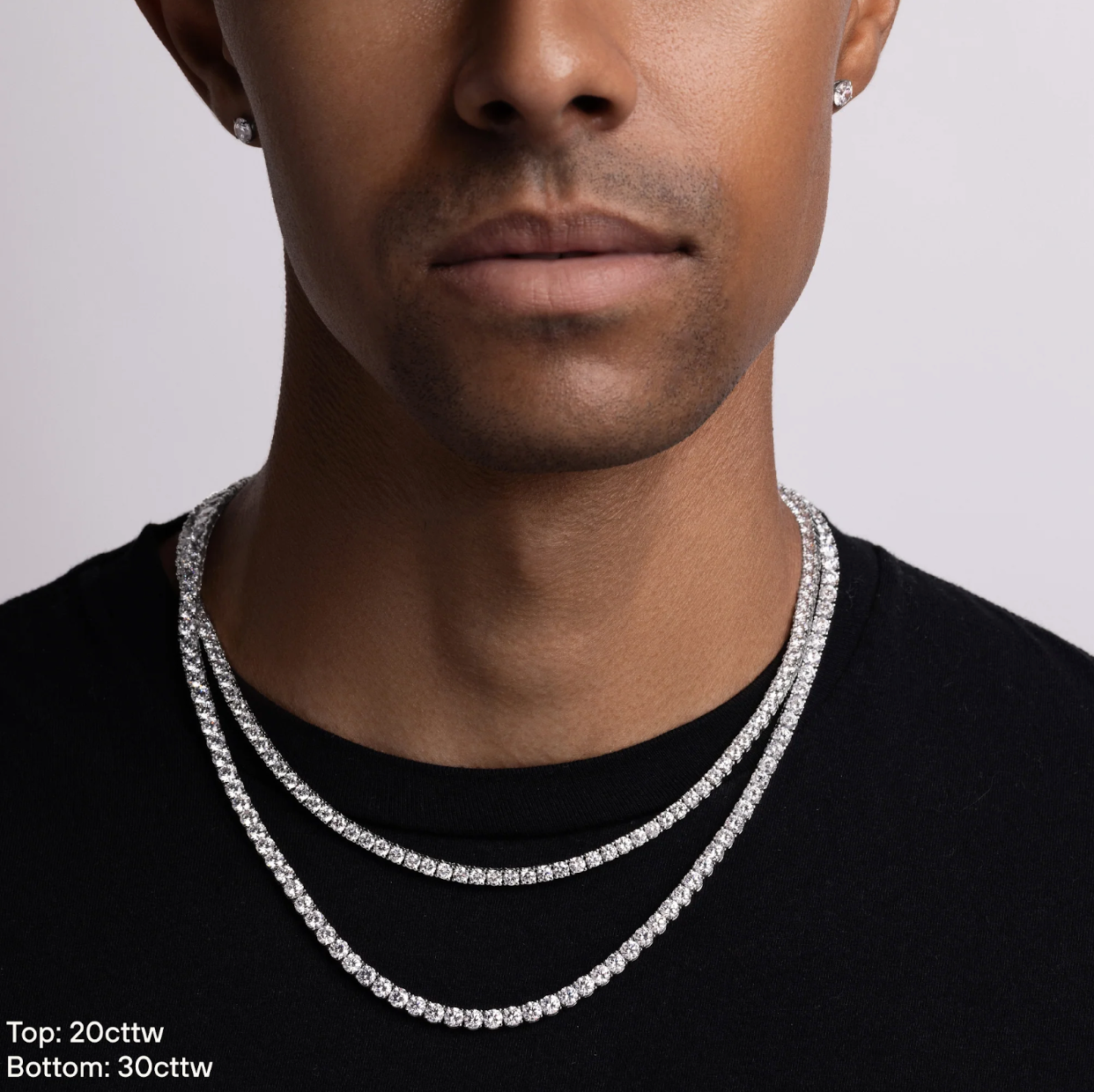In the world of fine jewelry, every detail matters. From the choice of gemstones to the intricacy of design, each element contributes to the overall allure of a piece. One aspect that often goes unnoticed but plays a crucial role in enhancing the beauty and longevity of jewelry is rhodium plating. In this article, we will delve into the fascinating world of rhodium plating, exploring its benefits, process, and why it has become a staple in the creation of exquisite jewelry.
The Basics of Rhodium
Rhodium is a rare and valuable metal, part of the platinum group of elements on the periodic table. It is one of the scarcest metals on Earth, making it more precious than gold. Despite its rarity, rhodium is known for its exceptional properties, including high corrosion resistance and a dazzling white color.
Due to its brilliant and reflective surface, rhodium is an excellent choice for plating jewelry. However, jewelry isn't the only industry that utilizes this metal. Rhodium is also used in various applications such as the automotive industry (as a coating for catalytic converters), electronics (for electrical contacts), and even in the field of nuclear medicine.
The Sparkling Shield: What is Rhodium Plating?
Rhodium is a rare and precious metal belonging to the platinum group, known for its brilliant white color and resistance to tarnish. Rhodium plating involves applying a thin layer of rhodium onto the surface of another metal, usually silver or white gold. This process not only enhances the visual appeal but also provides a protective layer that shields the jewelry from scratches, corrosion, and tarnish.
The Radiance of Rhodium: Benefits for Fine Jewelry
Dazzling Aesthetic Appeal
Rhodium plating gives jewelry a stunning, mirror-like finish. It’s high reflectance ensures that the piece radiates an unmatched brilliance, creating a captivating visual impact. This makes it an ideal choice for engagement rings, wedding bands, and other jewelry meant to be cherished for a lifetime.
Tarnish Resistance
Silver jewelry, while beautiful, is susceptible to tarnishing over time due to exposure to air and environmental factors. Rhodium plating acts as a barrier, preventing tarnish and ensuring that the jewelry maintains its lustrous appearance for longer periods.
Hypoallergenic Properties
Rhodium is hypoallergenic, making it an excellent choice for individuals with sensitive skin. By creating a protective layer, rhodium-plated jewelry reduces the risk of skin irritation, offering a comfortable and safe option for those who love to adorn themselves with fine jewelry.
Enhanced Durability
Jewelry is subject to everyday wear and tear. Rhodium plating provides an additional layer of durability, reducing the impact of scratches and abrasions. This ensures that your precious pieces withstand the test of time, maintaining their beauty for generations.
The Enchantment Continues: Rhodium Plating Process
The rhodium plating process involves carefully preparing the jewelry surface and then electroplating it with a thin layer of rhodium. The piece is thoroughly cleaned and polished to ensure optimal adhesion. Skilled artisans then use specialized equipment to apply the rhodium coating, creating a seamless and dazzling finish.
Frequently Asked Questions About Rhodium Plating
Comparing Rhodium-Plated to Silver
Silver, being a softer metal, is prone to scratches and often mixed with alloys like copper and nickel to enhance durability. However, this blend can lead to tarnishing. Rhodium-plated silver, on the other hand, resists tarnishing and scratching effectively.
Enhancing Sterling Silver with Rhodium
Sterling silver is inherently beautiful, but rhodium plating enhances both its value and luster. Rhodium-plated sterling silver is pricier and also hypoallergenic, with the advantage of less frequent replating due to the color similarity of both metals.
Rhodium-Plated vs. White Gold
Rhodium plating adds a slightly darker tone to white metals and is highly durable, though it requires annual replating. White gold, contrasting with a more silvery finish, is durable too but doesn’t necessitate replating.
The Issue of Rhodium Plating Turning Green
Pure, nickel-free rhodium doesn’t tarnish or corrode. However, rhodium's high durability sometimes leads to alloying with metals like nickel or copper, which might leave green marks on the skin.
The Distinctive Color of Rhodium
Rhodium naturally exhibits a shiny silvery-white color and is often used to enhance the appearance and durability of white gold or platinum. It can also be tinted for a black finish on white metal rings.
Rhodium's Hypoallergenic Properties
Rhodium is hypoallergenic, especially when free from nickel traces. It serves as a protective layer between the metal and skin, ideal for those with allergies to nickel, gold, etc.
Tarnish Resistance of Rhodium
Rhodium itself is resistant to tarnishing. To maintain its appearance, cleaning with soap and a toothbrush is recommended, avoiding exposure to activities like swimming or weightlifting to preserve its integrity.
Costs Involved in Rhodium Plating
The cost of rhodium plating varies, typically ranging from $60 to $150 for engagement rings or wedding bands, influenced by the rhodium quality and the jeweler's craftsmanship.
Identifying Rhodium-Plated Jewelry
Rhodium-plated items usually have a more pronounced silvery finish compared to the slightly yellower hue of white gold. Most white gold jewelry is rhodium plated, and a jeweler can confirm if a piece is plated.
Replating Frequency for Jewelry
For regular usage, it’s advisable to replate jewelry with rhodium annually. For items like frequently worn rings, consider replating semi-annually to maintain durability and scratch resistance.
Conclusion
In the world of fine jewelry, rhodium plating stands as a testament to the commitment to excellence and longevity. As a jewelry lover, understanding the significance of this process adds a new layer of appreciation for the craftsmanship behind each piece. Whether you're choosing an engagement ring, a necklace, or a pair of earrings, rhodium-plated jewelry ensures that your investment not only sparkles with elegance but also stands the test of time. Dive into the enchanting world of rhodium-plated fine jewelry and let your pieces shine brighter than ever.
At Happy Jewelers, all white gold fine jewelry pieces are polished and rhodium dipped to ensure the best possible sparkle and brilliance. To maintain shine, we recommend professionally cleaning your jewelry pieces every 9-12 months depending on wear. This service is complimentary and is included in our Lifetime Warranty. Your white gold jewelry is rhodium dipped after every service, ensuring that your piece looks like new!





Share:
What Are CVD Diamonds?
How Your Zodiac Sign Influences Your Jewelry Choices